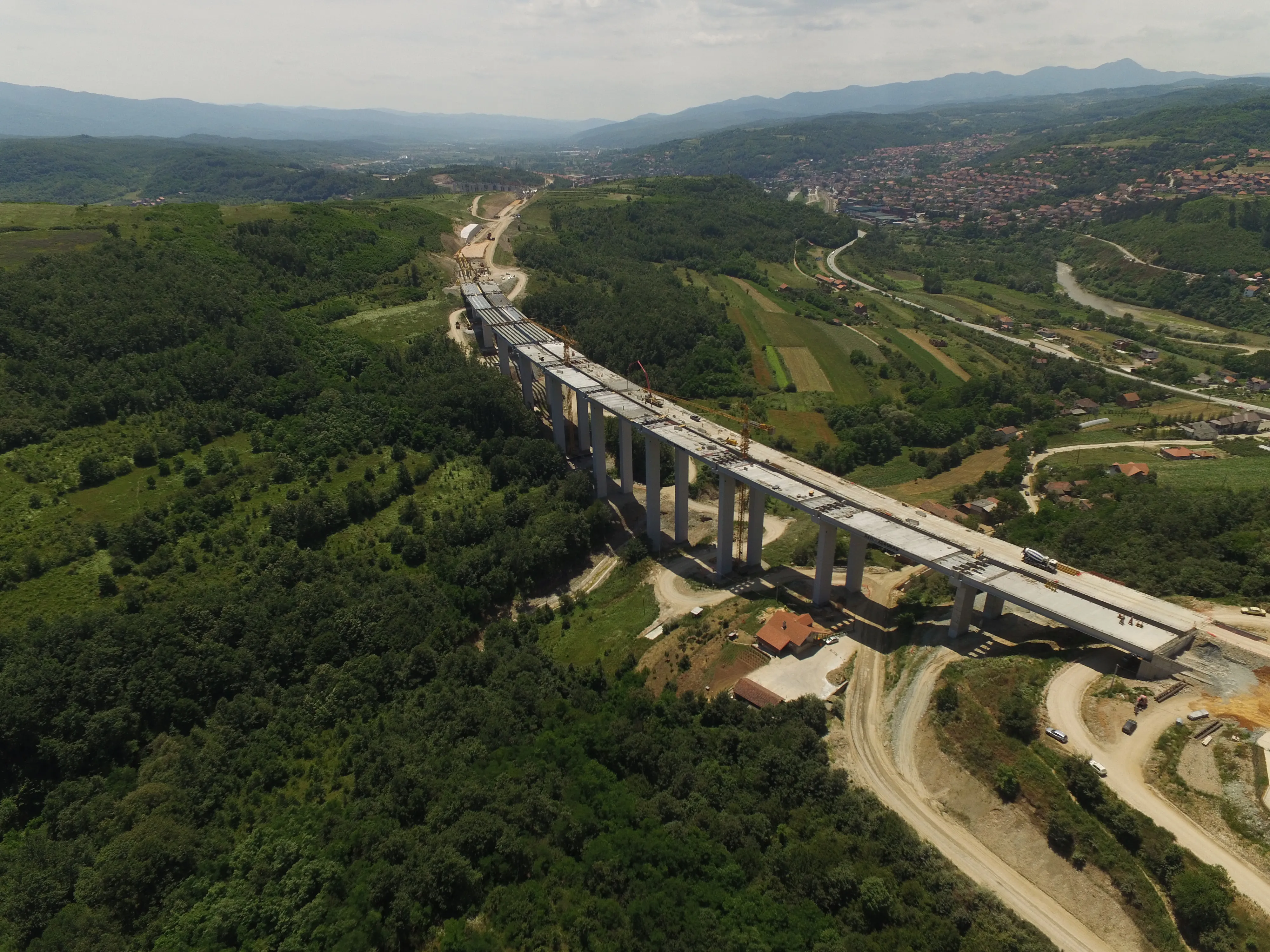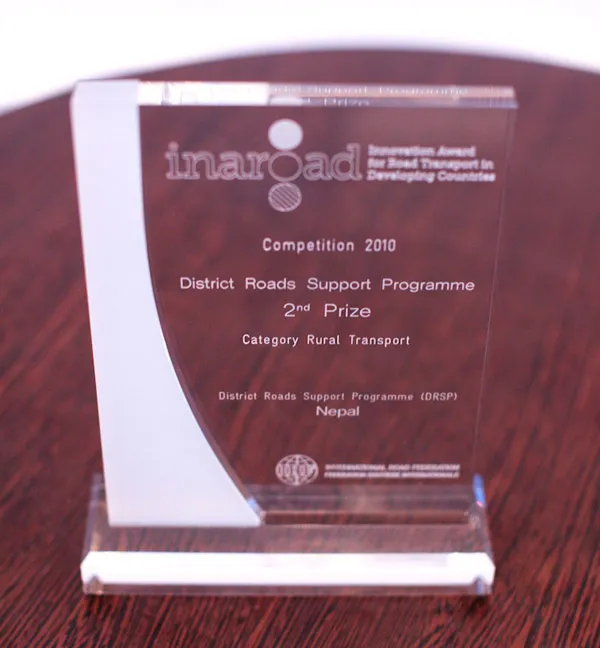A new report from Germany’s federal transport ministry has highlighted the problem of bridge wear in the country. According to the report, just 13% of Germany’s road bridges and bridge sub-structures are in good or very good condition. The report evaluated the condition of 39,600 road bridges and 51,600 bridge sub-structures and in 12% of cases, these structures do not have sufficient load-bearing capacity for the stresses they have to cope with. The report highlights also the worsening condition of the bridge infrastructure as in 2005, 18% of bridges and sub-structures were in good or very good condition.
Some 30% of key bridge links have been improved, while plans are in hand to improve other important bridges. In all, improving the bridges and sub-structures is expected to cost around €9.3 billion, with this programme due to last until 2030. However, further works will be required in the future to ensure bridge condition continues to meet necessary standards.
German bridge condition under the spotlight
A new report from Germany’s federal transport ministry has highlighted the problem of bridge wear in the country. According to the report, just 13% of Germany’s road bridges and bridge sub-structures are in good or very good condition. The report evaluated the condition of 39,600 road bridges and 51,600 bridge sub-structures and in 12% of cases, these structures do not have sufficient load-bearing capacity for the stresses they have to cope with. The report highlights also the worsening condition of the bri
January 25, 2019
Read time: 2 mins









